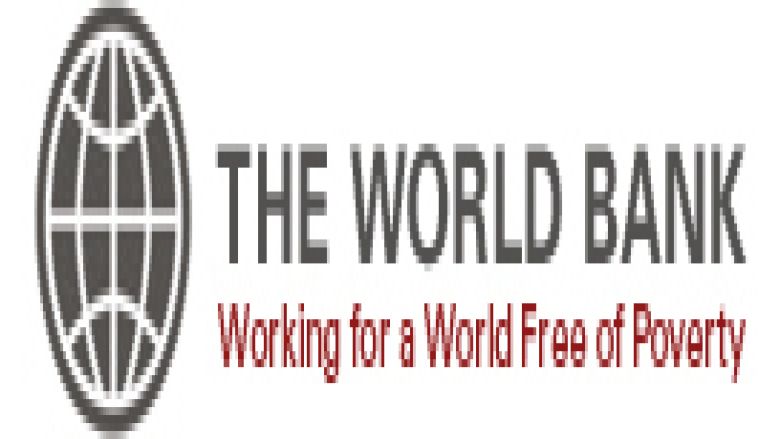 WASHINGTON, August 30, 2012 – Global food prices soared by 10 percent in July from a month ago, with maize and soybean reaching all-time peaks due to an unprecedented summer of droughts and high temperatures in both the United States and Eastern Europe, according to the World Bank Group’s latest Food Price Watch report.
WASHINGTON, August 30, 2012 – Global food prices soared by 10 percent in July from a month ago, with maize and soybean reaching all-time peaks due to an unprecedented summer of droughts and high temperatures in both the United States and Eastern Europe, according to the World Bank Group’s latest Food Price Watch report.
From June to July, maize and wheat rose by 25 percent each, soybeans by 17 percent, and only rice went down, by 4 percent. Overall, the World Bank’s Food Price Index, which tracks the price of internationally traded food commodities, was 6 percent higher than in July of last year, and 1 percent over the previous peak of February 2011.
“Food prices rose again sharply threatening the health and well-being of millions of people,”said World Bank Group President Jim Yong Kim. “Africa and the Middle East are particularly vulnerable, but so are people in other countries where the prices of grains have gone up abruptly.”
Overall, food prices between April and July continued the volatile trend observed during the previous 12 months, which halted the sustained increases between mid-2010 and February 2011. Prices increased in April, came down in May and June, and sharply increased in July.
Sharp domestic price increases have continued in this quarter, especially in Africa. Sub-Saharan Africa, in particular, experienced the highest price increases in maize, including 113 percent in some markets in Mozambique. Meanwhile, the Sahel and eastern Africa regions experienced steep price increases of sorghum: 220 percent in South Sudan, and 180 percent in Sudan, for instance.
According to Food Price Watch, weather is the critical factor behind the abrupt global price increases in July. The drought in the U.S. has resulted in vast damages to the summer crops of maize and soybeans, for which the country is the world’s largest exporter. Meanwhile, the dry summer in the Russian Federation, Ukraine, and Kazakhstan has contributed to projected wheat production losses.
more here >>